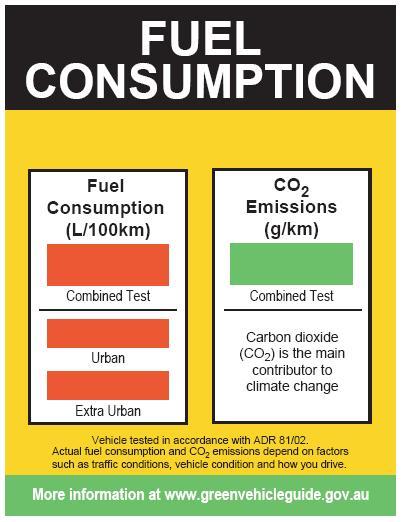When you’re looking to buy a new car, you’ll often hear numbers being thrown around about fuel efficiency but what is good and what isn’t so good?
When talking about fuel efficiency, we mean the capacity of an engine to obtain energy from fuel. Essentially it is how far your vehicle can go on a single tank of fuel. The smaller the number, the less fuel you use per kilometre.
How is fuel efficiency calculated?
Car companies simulate driving on a dynamometer, a stationary machine which is also called a rolling road, through urban areas at an average speed of 19km/h with frequent stops and starts and idling periods. With the extra-urban test, a car peaks at 120km/h and has an average speed of 63km/h. While the extra-urban isn't a traditional highway speed, it is a high-speed test that may provide a better indication of highway driving. They average the two results when quoting a car’s combined fuel efficiency. The test is dictated by the Australian Design Rules.
What is a good rate?
According to the
ABS Survey of Motor Vehicle Use (SMVU), the average rate of fuel consumption of passenger vehicles was 10.6 l/100km in 2016. Average rates of fuel consumption rise steadily with the number of cylinders for passenger vehicles. Vehicles with 1 to 3 cylinders had relatively low rates of fuel consumption (7.7 l/100km) in 2016, compared to 10.0 l/100km for 4 cylinder vehicles, 11.7 l/100km for 6 cylinder vehicles, and 12.9 l/100km for vehicles with 8 or more cylinders.
Can I replicate those figures?
Often it's hard to replicate them exactly as weather conditions, traffic, hills, vehicle conditions and personal driving style can affect fuel consumption.
Fuel consumption sticker

By law, vehicles need to show this sticker. The first figure in the red box shows you the combined fuel consumption rating, below is the urban and extra-urban figure. On the right hand side is the rating for carbon dioxide.
26 Mar